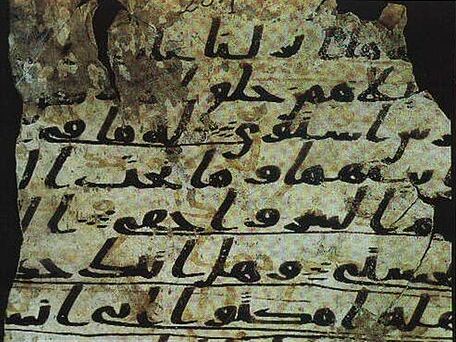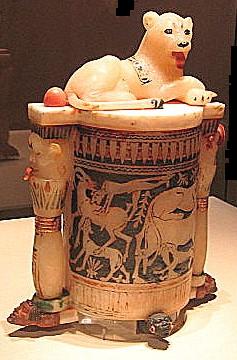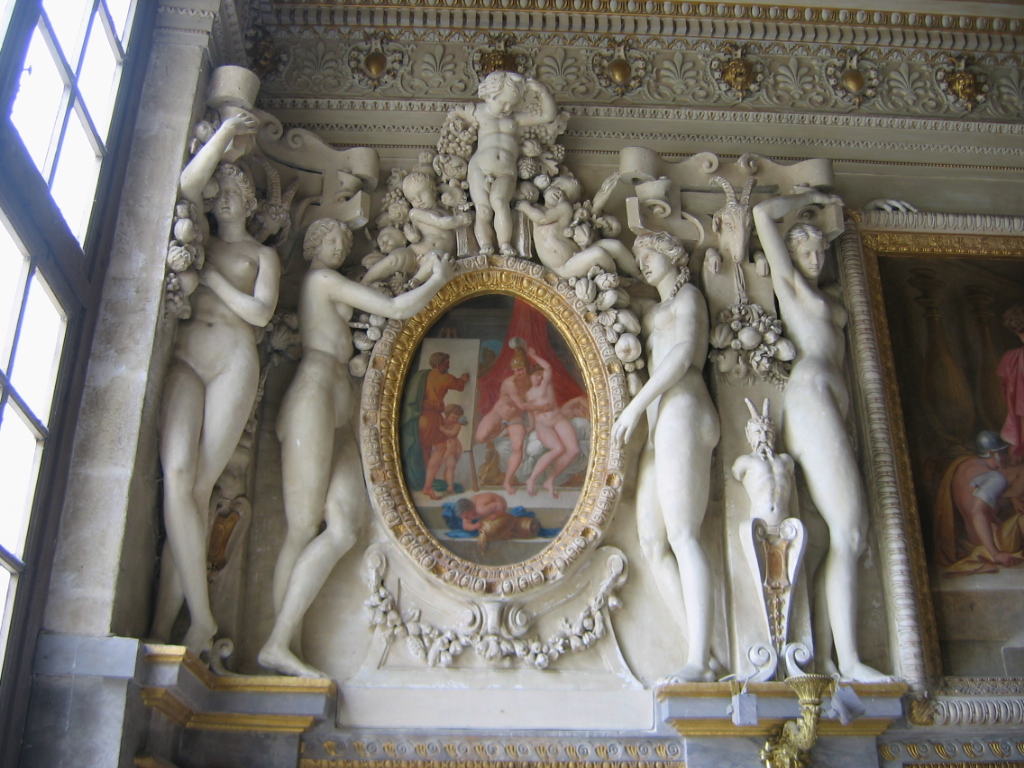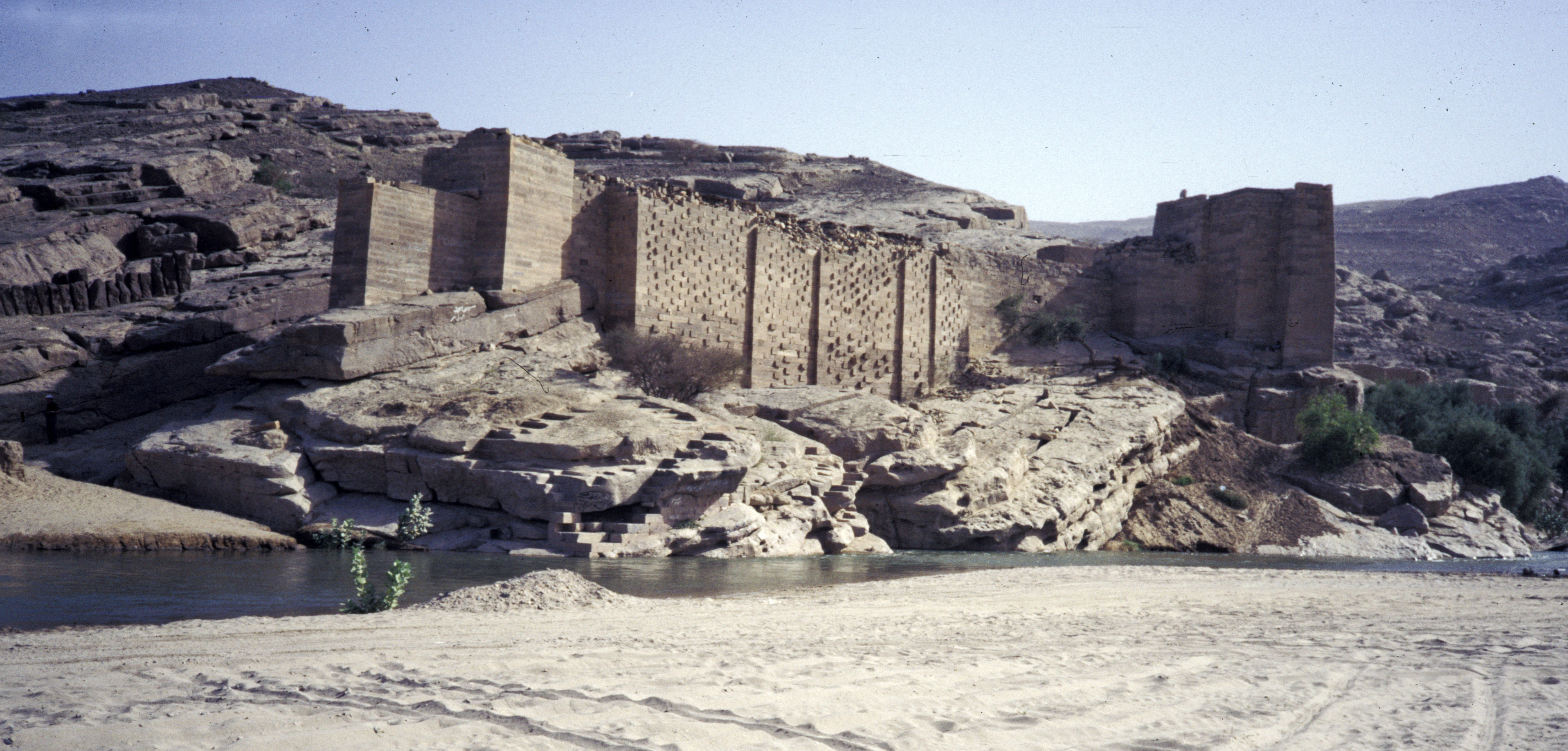|
Bab Al Yemen
Bab al-Yaman () is the main gate of Old Sanaa's old fortified wall, on the southern extremity of the walled city. German geographer Carl Rathjens dated its current appearance to the 17th century and attributed the initial design of the gate to the biblical Shem, the son of Noah. Today, it is the most ornate of the gates of Sana's Old City. Passengers travelling southward, ''en route'' to Ma'bar and Dhamar, would depart from this gate. Description As one enters the gate, one quickly notices the Yemeni architecture, high towering houses made of baked bricks decorated and waterproofed with lime plaster and qadad, one of the characteristic features of Sana's Old City. Many of the houses make use of decorative windows, designed as fanlights fitted with stained glass, enclosed within muntins of gypsum plaster and lime-coated sash. Windows that are typical of the ''Old City'' of Sana'a are the alabaster ''qamariyyah'', and the stained glass fanlight (''‘aqd mulawwan''). The Gr ... [...More Info...] [...Related Items...] OR: [Wikipedia] [Google] [Baidu] |
Old City Of Sanaa
The Old City of Sanaʽa is a recognised UNESCO World Heritage Site in the Amanat Al Asimah Governorate, Yemen. As of 2003, the district had a population of 63,398 inhabitants. The old fortified city has been inhabited for more than 2,500 years and contains many intact architectural sites. The oldest, partially standing architectural structure in the Old City of Sanaʽa is Ghumdan Palace. The city was declared a World Heritage Site by the United Nations in 1986. Efforts are underway to preserve some of the oldest buildings some of which, such as the Samsarh and the Great Mosque of Sanaʽa, is more than 1,400 years old. Surrounded by ancient clay walls that stand high, the Old City contains more than 100 mosques, 12 ''hammams'' (baths), and 6,500 houses. Many of the houses resemble ancient skyscrapers, reaching several stories high and topped with flat roofs. They are decorated with elaborate friezes and intricately carved frames and stained-glass windows. British writer Jonath ... [...More Info...] [...Related Items...] OR: [Wikipedia] [Google] [Baidu] |
Stained Glass
Stained glass refers to coloured glass as a material or art and architectural works created from it. Although it is traditionally made in flat panels and used as windows, the creations of modern stained glass artists also include three-dimensional structures and sculpture. Modern vernacular usage has often extended the term "stained glass" to include domestic leadlight, lead light and ''objet d'art, objets d'art'' created from glasswork, for example in the famous lamps of Louis Comfort Tiffany. As a material ''stained glass'' is glass that has been coloured by adding Salt (chemistry), metallic salts during its manufacture. It may then be further decorated in various ways. The coloured glass may be crafted into a stained-glass window, say, in which small pieces of glass are arranged to form patterns or pictures, held together (traditionally) by strips of lead, called cames or calms, and supported by a rigid frame. Painted details and yellow-coloured Silver staining, silver stain ... [...More Info...] [...Related Items...] OR: [Wikipedia] [Google] [Baidu] |
World Heritage Site
World Heritage Sites are landmarks and areas with legal protection under an treaty, international treaty administered by UNESCO for having cultural, historical, or scientific significance. The sites are judged to contain "cultural and natural heritage around the world considered to be of outstanding value to humanity". To be selected, a World Heritage Site is nominated by its host country and determined by the UNESCO's World Heritage Committee to be a unique landmark which is geographically and historically identifiable, having a special cultural or physical significance, and to be under a sufficient system of legal protection. World Heritage Sites might be ancient ruins or historical structures, buildings, cities, deserts, forests, islands, lakes, monuments, mountains or wilderness areas, and others. A World Heritage Site may signify a remarkable accomplishment of humankind and serve as evidence of humanity's intellectual history on the planet, or it might be a place of grea ... [...More Info...] [...Related Items...] OR: [Wikipedia] [Google] [Baidu] |
UNESCO
The United Nations Educational, Scientific and Cultural Organization (UNESCO ) is a List of specialized agencies of the United Nations, specialized agency of the United Nations (UN) with the aim of promoting world peace and International security, security through international cooperation in education, arts, sciences and culture. It has 194 Member states of UNESCO, member states and 12 associate members, as well as partners in the Non-governmental organization, non-governmental, Intergovernmental organization, intergovernmental and private sector. Headquartered in Paris, France, UNESCO has 53 regional field offices and 199 National Commissions for UNESCO, national commissions. UNESCO was founded in 1945 as the successor to the League of Nations' International Committee on Intellectual Cooperation.English summary). UNESCO's founding mission, which was shaped by the events of World War II, is to advance peace, sustainable development and human rights by facilitating collaboratio ... [...More Info...] [...Related Items...] OR: [Wikipedia] [Google] [Baidu] |
Great Mosque Of Sana'a
The Great Mosque of Sana'a (, ) is an ancient mosque in Sana'a, Yemen, and one of the oldest mosques in the world. The mosque is said to have been founded in the early Islamic period, suggested to be in 633. While the precise date of construction is unknown, the earliest recorded renovations occurred under Caliph al-Walid I in the early 8th century, implying a possible earlier date of construction. The mosque was reportedly built in part from spolia from the Himyarite-era Ghumdan Palace and from the Axumite Christian Church of al-Qalis that formerly occupied the site. The Great Mosque is the largest and most notable of over one hundred mosques in the Old City of Sana’a.Smith, G.R., “Ṣanʿāʾ”, in: Encyclopaedia of Islam, Second Edition, Edited by: P. Bearman, Th. Bianquis, C.E. Bosworth, E. van Donzel, W.P. Heinrichs. Consulted online on 08 December 2020 First published online: 2012 First print edition: , 1960-2007 The building has undergone renovations in the 8th c ... [...More Info...] [...Related Items...] OR: [Wikipedia] [Google] [Baidu] |
Alabaster
Alabaster is a mineral and a soft Rock (geology), rock used for carvings and as a source of plaster powder. Archaeologists, geologists, and the stone industry have different definitions for the word ''alabaster''. In archaeology, the term ''alabaster'' includes objects and artefacts made from two different minerals: (i) the fine-grained, massive type of gypsum, and (ii) the fine-grained, banded type of calcite.''More About Alabaster and Travertine'': Brief Guide explains the different definitions used by geologists, archaeologists, and the stone trade. Oxford University Museum of Natural History, 2012/ref> Chemically, gypsum is a Water of crystallization, hydrous sulfate of calcium, whereas calcite is a carbonate of calcium. As types of alabaster, gypsum and calcite have similar properties, such as light color, translucence, and soft stones that can be sculpture, carved and sculpted; thus the historical use and application of alabaster for the production of carved, decorative art ... [...More Info...] [...Related Items...] OR: [Wikipedia] [Google] [Baidu] |
Window Sash
A sash window or hung sash window is made of one or more movable panels, or "sashes". The individual sashes are traditionally paned windows, but can now contain an individual sheet (or sheets, in the case of double glazing) of glass. History The oldest surviving examples of sash windows were installed in England in the 1670s, for example at Palace House, and Ham House.Louw, HJ, ''Architectural History'', Vol. 26, 1983 (1983), pp. 49–72, 144–15JSTOR The invention of the sash window is sometimes credited, without conclusive evidence, to Robert Hooke. Others see the sash window as a Dutch invention. H.J. Louw believed that the sash window was developed in England, but concluded that it was impossible to determine the exact inventor. The sash window is often found in Georgian and Victorian houses, and the classic arrangement has three panes across by two up on each of two sash, giving a ''six over six'' panel window, although this is by no means a fixed rule. Innumerable ... [...More Info...] [...Related Items...] OR: [Wikipedia] [Google] [Baidu] |
Gypsum Plaster
Plaster is a building material used for the protective or decorative coating of walls and ceilings and for Molding (decorative), moulding and casting decorative elements. In English, "plaster" usually means a material used for the interiors of buildings, while "render" commonly refers to external applications. The term stucco refers to plasterwork that is worked in some way to produce relief decoration, rather than flat surfaces. The most common types of plaster mainly contain either gypsum, lime plaster, lime, or cement plaster, cement,Franz Wirsching "Calcium Sulfate" in Ullmann's Encyclopedia of Industrial Chemistry, 2012 Wiley-VCH, Weinheim. but all work in a similar way. The plaster is manufactured as a dry powder and is mixed with water to form a stiff but workable paste immediately before it is applied to the surface. The reaction with water liberates heat through crystallization and the hydrated plaster then hardens. Plaster can be relatively easily worked with metal t ... [...More Info...] [...Related Items...] OR: [Wikipedia] [Google] [Baidu] |
Muntins
A muntin (US), muntin bar, glazing bar (UK), or sash bar is a strip of wood or metal separating and holding panes of glass in a window. Muntins can be found in doors, windows, and furniture, typically in History of Western Architecture, Western styles of architecture. Muntins divide a single window sash or casement window, casement into a grid system of small panes of glass, called "lights" or "lites". In UK use, a muntin is a vertical member in timber panelling or a door separating two panels. Windows with "true divided lights" make use of thin muntins, typically 1/2" to 7/8" wide in residential windows, positioned between individual panes of glass. In wooden windows, a wikt:fillet, fillet is cut into the outer edge of the muntin to hold the pane of glass in the opening, and putty or thin strips of wood or metal are then used to hold the glass in place. The inner sides of wooden muntins are typically milled to traditional molding (decorative), profiles. In the US, the thickness ... [...More Info...] [...Related Items...] OR: [Wikipedia] [Google] [Baidu] |
Fanlights
A fanlight is a form of lunette window ( transom window), often semicircular or semi-elliptical in shape, with glazing bars or tracery Tracery is an architectural device by which windows (or screens, panels, and vaults) are divided into sections of various proportions by stone ''bars'' or ''ribs'' of moulding. Most commonly, it refers to the stonework elements that support th ... sets radiating out like an open fan. It is placed over another window or a doorway, and is sometimes hinged to a transom. The bars in the fixed glazed window spread out in the manner of a sunburst. It is also called a sunburst light. In federation housing it is also called a toplight or top light. References External links Doorways around the World Glass architecture Windows {{architecturalelement-stub ... [...More Info...] [...Related Items...] OR: [Wikipedia] [Google] [Baidu] |
Architecture Of Yemen
The architecture of Yemen dates back to ancient times, when it was part of a tradition of South Arabian architecture. Developments continued during the Islamic period, displaying both local characteristics and external influences. The historic cities and towns of Yemen are known for their traditional tower-houses. Ancient Yemen In Antiquity, Yemen was home to several wealthy city-states and an indigenous tradition of South Arabian architecture. Historical texts and archeological evidence indicate that large and richly decorated palaces existed in several cities, such as the Ghumdan Palace in Sanaa. Most of these structures have not been preserved, although the remains of Shabwa, the former capital of Ḥaḍramawt, provide some evidence of their structure. In the first millennium BCE, the first large South Arabian kingdom, Saba', was created by the Sabaeans with its center at Marib, alongside other kingdoms in the region. Its influence reached as far as Ethiopia. The o ... [...More Info...] [...Related Items...] OR: [Wikipedia] [Google] [Baidu] |
Qadad
''Qadad'' ( ''qaḍāḍ'') or ''qudad'' is a waterproof plaster surface, made of a lime plaster treated with slaked lime and oils and fats. The technique is over a thousand years old, with the remains of this early plaster still seen on the standing sluices of the ancient Marib Dam. Volcanic ash, pumice, scoria (), in the Yemeni dialect, or other crushed volcanic aggregate are often used as pozzolanic agents, reminiscent of ancient Roman lime plaster which incorporated pozzolanic volcanic ash. Due to the slowness of some of the chemical reactions, ''qadad'' mortar can take over a hundred days to prepare, from quarrying of raw materials to the beginning of application to the building. It can also take over a year to set fully. In 2004, a documentary film ''Qudad, Re-inventing a Tradition'' was made by the filmmaker Caterina Borelli. It documents the restoration of the Amiriya Complex, which was awarded the Aga Khan Award for Architecture in 2007. Traditional prepa ... [...More Info...] [...Related Items...] OR: [Wikipedia] [Google] [Baidu] |





